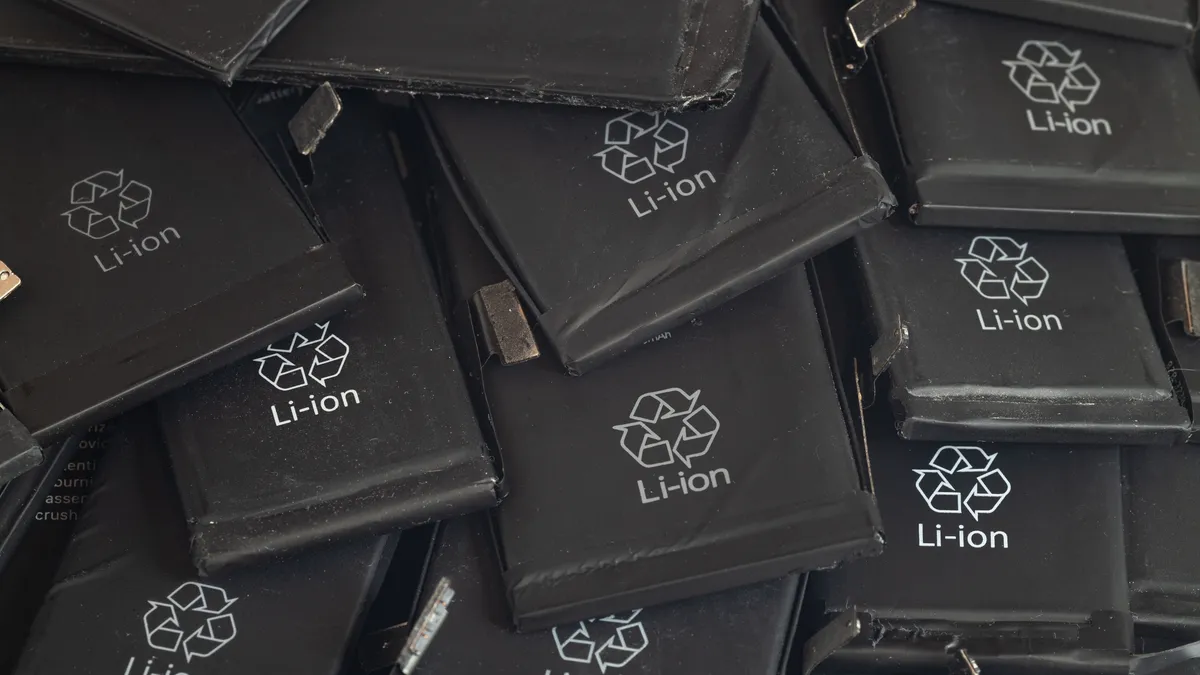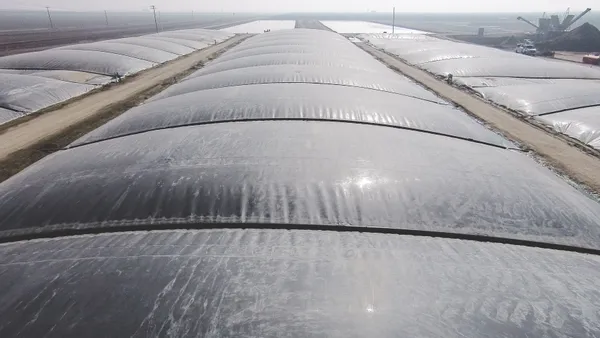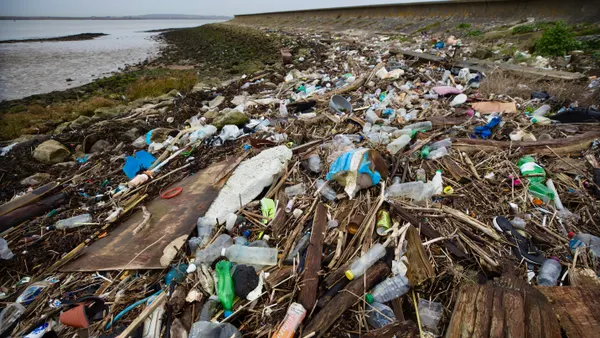Dive Brief:
- Lithium-ion batteries topped the list of materials state officials find most difficult to manage, according to a survey conducted by the Association of State and Territorial Solid Waste Management Officials. Tires and PFAS-containing products rounded out the top three.
- Respondents were also asked to list the mechanisms they used to address those materials. A majority of state officials, 25, said they used publicly issued guidance documents, while 20 said they used state-level funding and regulations to address the materials. Thirty-nine states responded to the survey.
- The survey, conducted in June 2023, informs the organization's efforts to support better management pathways for the materials. ASTSWMO has previously weighed in on federal efforts to address several materials, including plastics and PFAS-containing products.
Dive Insight:
Certain materials have flummoxed state officials who are increasingly looking for ways to divert materials from disposal. Lithium-ion batteries have proven particularly challenging, as the items have been prone to causing fires in recycling and disposal facilities.
Last year, the U.S. EPA circulated a memo informing officials that the batteries are "likely hazardous waste" upon disposal, in part because of their "ignitability and reactivity." The memo did not change any federal regulations, and it also clarified that states could regulate lithium-ion batteries more stringently if they choose to.
The survey found that respondents most often needed markets, infrastructure and funding to manage difficult materials. One respondent said that their state was home to "a few recyclers for lithium-ion batteries" but lacked collection and transportation infrastructure to shepherd those materials to recyclers. The state also noted “[p]roducer responsibility requirements would help," a view echoed by other respondents who viewed EPR policies as a way to secure ready infrastructure to accept difficult materials.
Per- and polyfluoroalkyl substances, or PFAS, are also challenging, in part due to uncertainty about the chemicals' health and environmental impacts and shifting regulations. The survey was conducted after EPA's initial drinking water regulation for PFAS in 2022 but before the final version, released last week.
PFAS-destroying technologies are still emerging, and concerns around incineration and its impact on the environment have complicated remediation efforts. The Department of Defense is currently partnering with Enviri division Clean Earth on a pilot to study remediation methods, as it first announced in November.
The ASTSWMO’s Hazardous Waste Subcommittee generally has been supportive of EPA efforts to address PFAS, including its proposal to list nine of the so-called “forever chemicals” as hazardous constituents. That decision could open up the chemicals to cleanup requirements at Resource Conservation and Recovery Act corrective action facilities. ASTSWMO noted doing so would create new remediation needs for states, and noted the need for increased resources to manage the challenge.
Some materials among the 21 that ASTSWMO surveyed posed unique challenges. Several respondents noted that infrastructure for tires at the end of their lives is scarce, leading to dumping or other improper management. Household hazardous waste was the fourth highest item ranked by states, and plastics, especially #3 through #7 plastics, ranked fifth.











